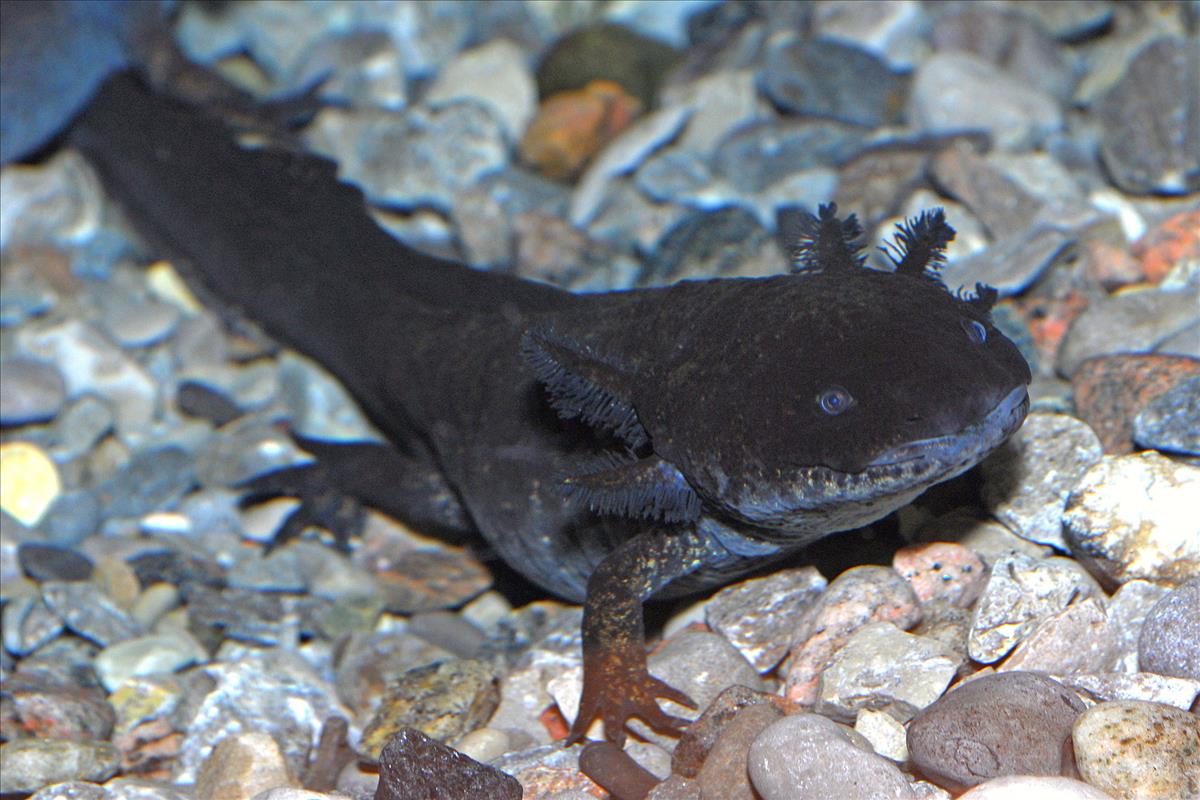Alerts
Please be advised that our bird aviaries are open!
Your Toronto Zoo is committed to the health and safety of the animals in our care. We take proactive steps to protect our birds from Avian Influenza which has been confirmed in a wild bird in southern Ontario, and some birds may still be off display.
Please note Splash Island is still closed and will not open until July due to unforeseen delays in construction. Please watch for updates on https://www.torontozoo.com/tz/splash or on our social media pages. Thank you!
Please note the following animals are currently not on display due to various reasons including Avian Bird Flu, and Covid-19 sensitivity:
- Flamingo, peacock, owl, bald eagle, and aviaries
- Some Kids Zoo Animals
- Cougar
- Moose
- Kangaroo walk through (kangaroos are still visible)
- Axolotl
We apologize for the inconvenience!


Amphibian
Location at the Zoo:
Americas
Region: Americas
Axolotl
The axolotl is an amphibian, which suggests it has a double life, part water and part on land. The axolotl, however, has a preference for remaining in water as a sexually mature larva; (an adaptation known as neoteny) they do not metamorphose. The axolotl belongs to the order Caudata, since it retains its tail in adult life as other salamanders and newts. The term axolotl should be restricted to the Mexican species Ambystoma mexicanum from Lake Xochimilco, even though it is also used to describe the larval form of the tiger salamander, Ambystoma tigrinum, from western Canada and the northern states of the U.S., and is a close relation to the axolotl.An adult axolotl has an average length of 25-30 cm although some attain a length of 40-45 cm. The colouring in the wild is gray brown, often with spots but for the aquarium trade, they are being bred in white (albino) and golden colours, even a harlequin (spotted) pattern.
As any vertebrate, the body of an axolotl is built around a skeleton but with a difference. Even in fully grown animals, it isn’t completely bony. The wrists, ankles and particularly, the support system for the gills are composed of cartilage. The number of vertebrae varies; an average of 50 of which 30-35 is in the tail region. It has a powerful musculature with the four limbs controlled by specialized muscle groups. Internally, the axolotl is similar to any other, carnivorous amphibian in principal except that the lungs are rudimentary. It has a large gaping mouth (ambystoma: ambyx=cup and stoma=mouth) with fine teeth on both upper and lower jaw. The thick tongue is fixed as in fishes. Each side of the head is adorned with permanent feathery gills. These allow the axolotl to efficiently extract oxygen while remaining under water. Large axolotls occasionally supplement their oxygen by rising to the surface to take a quick gulp of air to fill their lungs. The average lifespan of the axolotl is 10 to 12 years. In captivity, certain specimen have lived for 25 years.
Conservation Status: IUCN
